Remote Sensing, Free Full-Text
Por um escritor misterioso
Last updated 16 maio 2024
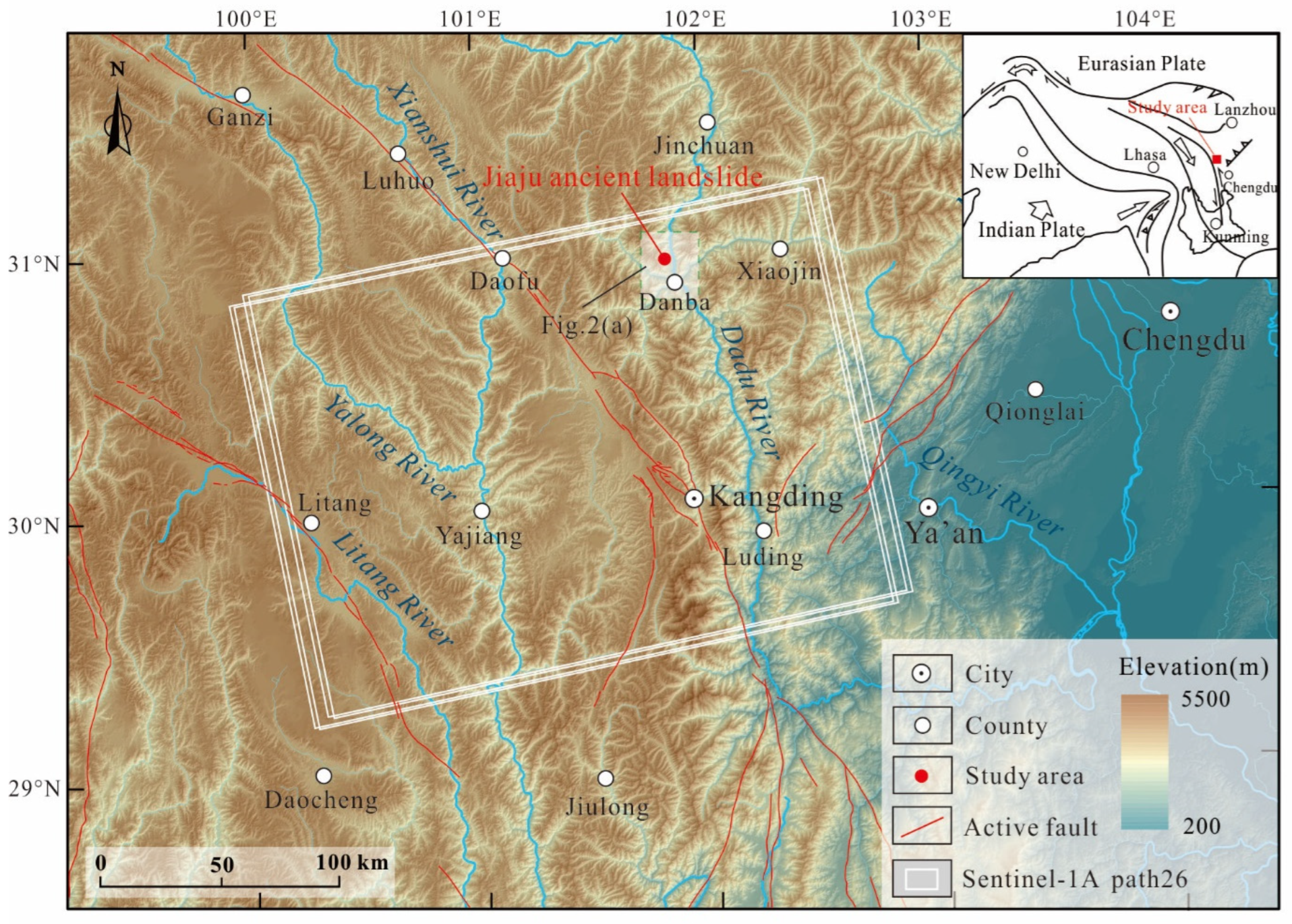
The Jiaju ancient landslide is a giant landslide located upstream of the Dadu River, eastern Tibetan Plateau, with a volume of approx. 7.04 × 108 m3. The Jiaju ancient landslide is complex and comprises five secondary sliding bodies, e.g., the Jiaju landslide (H01), Niexiaping landslide (H02), Xiaobawang landslide (H03), Niela landslide (H04), and Mt.-peak landslide (H05). Affected by regional neotectonic movement, heavy rainfall, river erosion, and lithology, the secondary sliding bodies of the Jiaju ancient landslide are undergoing significantly different creep-sliding deformation, which will cause great damage to villages, roads, and rivers around the sliding bodies. Combined with the SBAS-InSAR method, Sentinel-1A data from June 2018 to August 2021, remote sensing and field surveys, this study obtained the Jiaju ancient landslide deformation characteristics and deformation rate in the line-of-sight direction (VLOS), slope (VSlope), and vertical (VVertical). It is concluded that the maximum deformation rate of the Jiaju ancient landslide is significant. The maximum of VLOS, VSlope, and VVertical are −179 mm/a, −211 mm/a, and −67 mm/a, respectively. The Niela landslide (H04), Jiaju landslide (H01), and Mt.-peak landslide (H05) are very large and suffer strong deformation. Among these, the Niela landslide (H04) is in the accelerative deformation stage and at the Warn warning level, and the Jiaju landslide (H01) is in the creep deformation and attention warning level, especially heavy rainfall, which will accelerate landslide deformation and trigger reactivation. Because the geological structure is very complex for the Jiaju ancient landslide and strong neotectonic movement, under heavy rainfall, the secondary landslide creep-sliding rate of the Jiaju ancient landslide is easily accelerated and finally slides in part or as a whole, resulting in river blocking. It is suggested to strengthen the landslide deformation monitoring of the Niela landslide and Jiaju landslide and provide disaster mitigation and prevention support to the government and residents along the Dadu River watershed.

PDF) Lasaponara R., Masini N., Holmgren R., Backe Forsberg Y. 2012. Integration of aerial and satellite remote sensing for archaeological investigations: a case study of the Etruscan site San Giovenale , Journal

Applications in Remote Sensing to Forest Ecology and Management - ScienceDirect
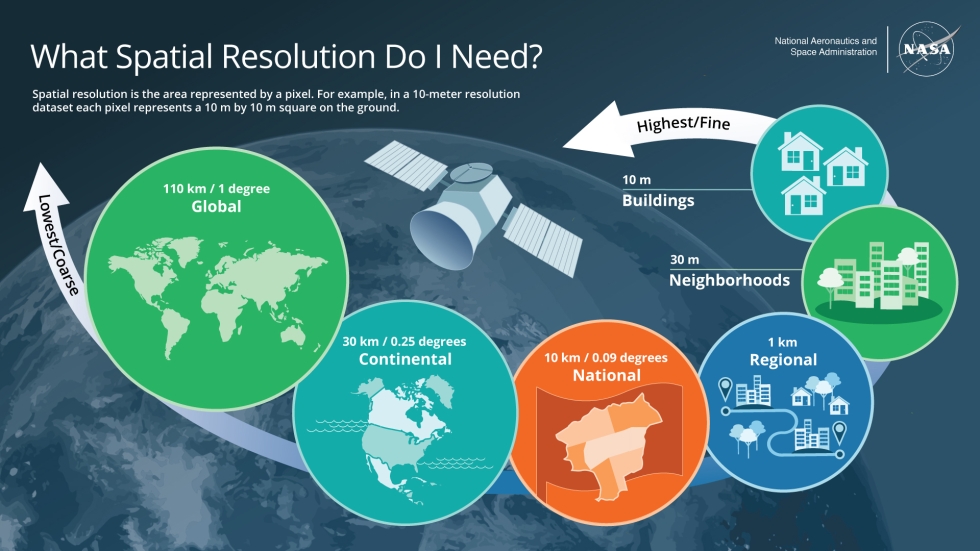
What is Remote Sensing?
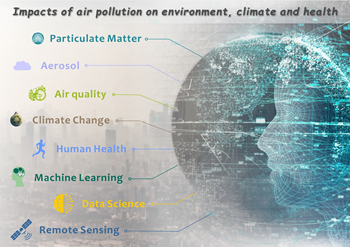
Journal of Applied Remote Sensing

Remote Sensing and Image Interpretation by Thomas M. Lillesand

Remote Sensing, Free Full-Text, Estimation of Forest LAI Using Discrete Airborne LiDAR: A Review
WorldCover WORLDCOVER

International Society for Photogrammetry and Remote Sensing
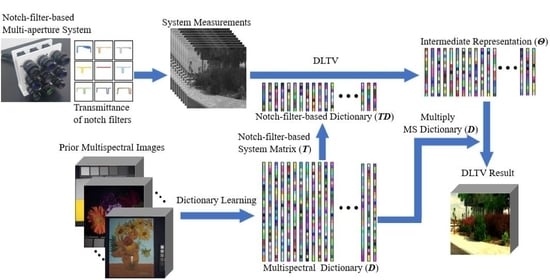
Remote Sensing Dictionary - Colaboratory
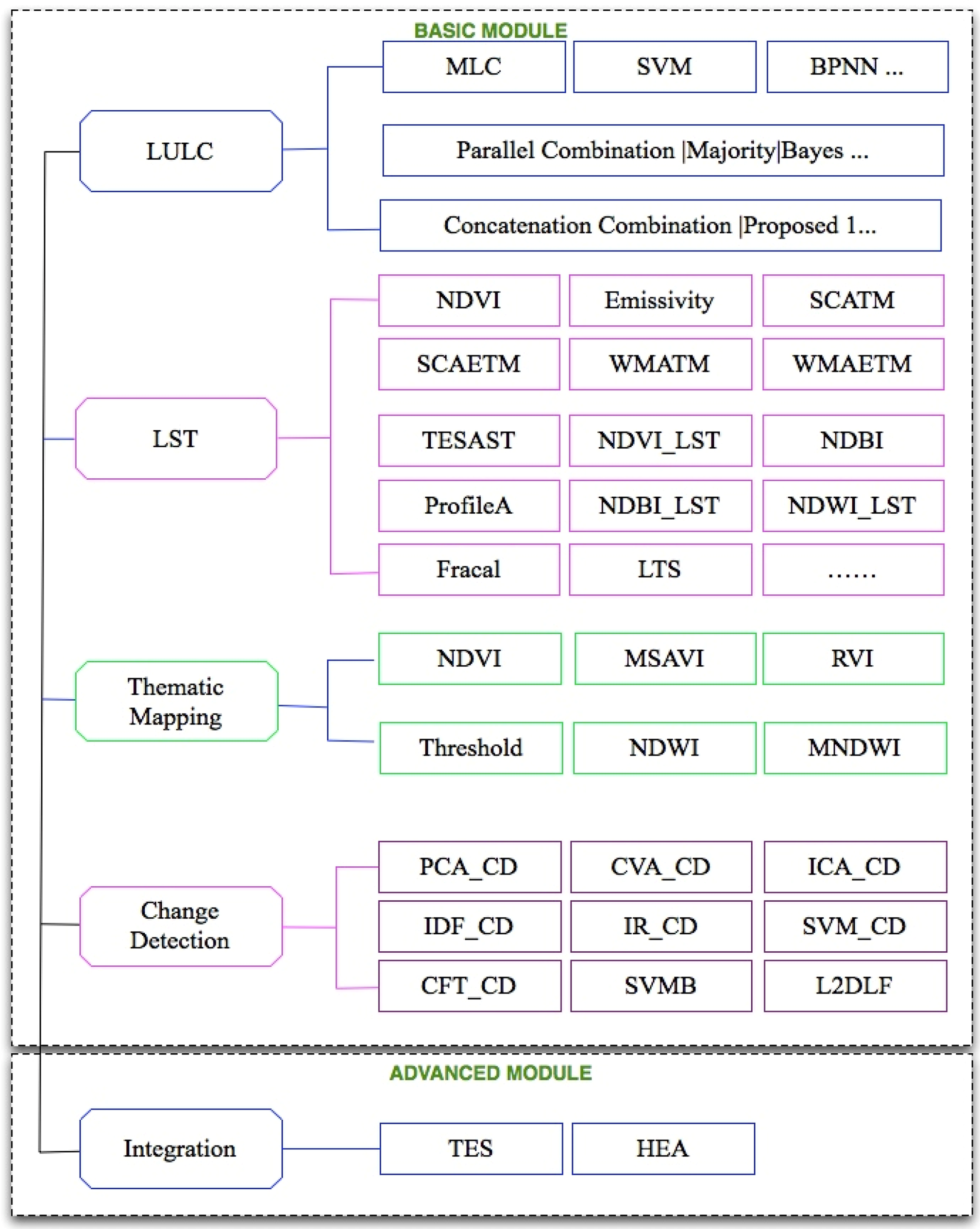
Remote Sensing, Free Full-Text
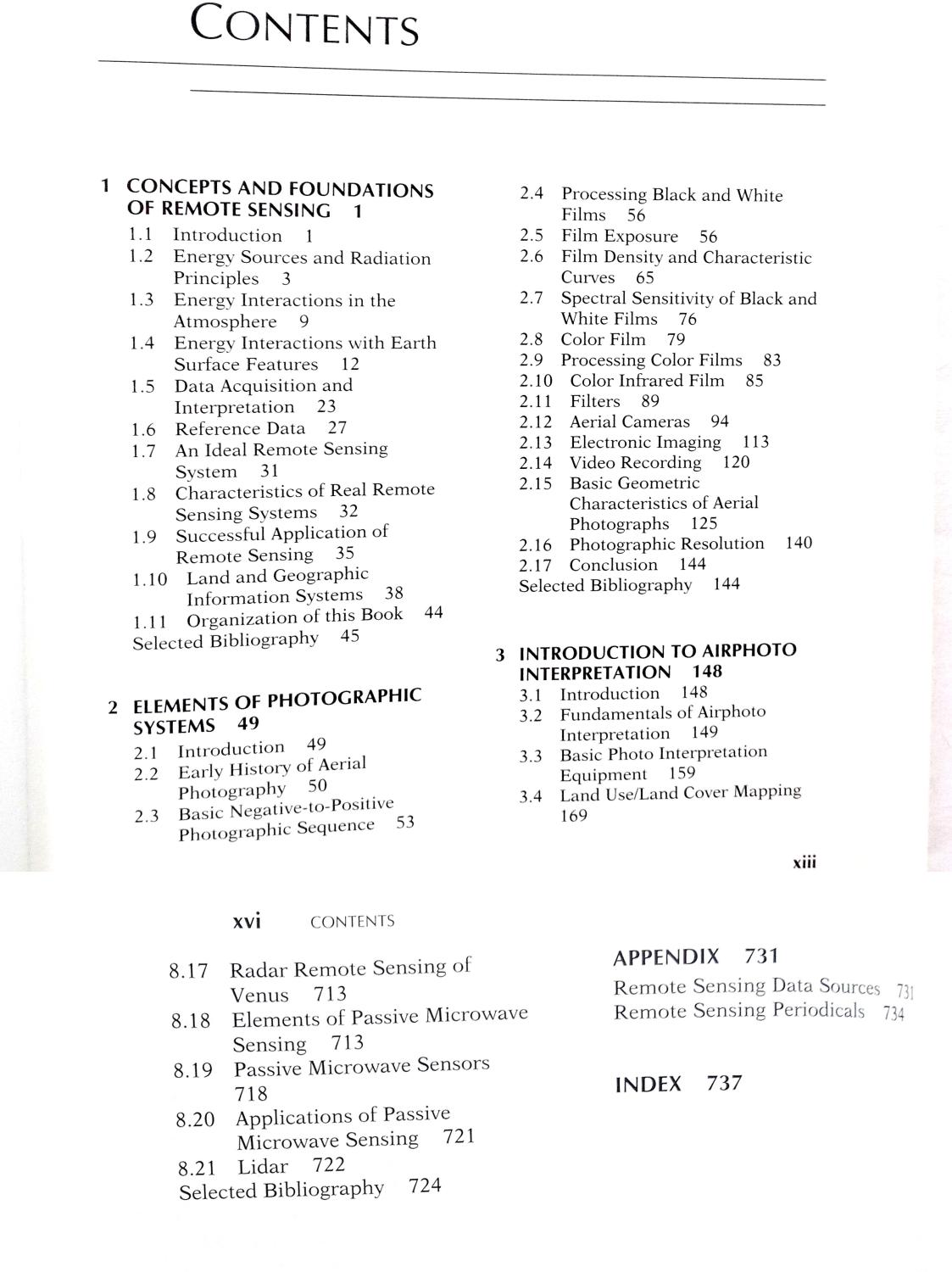
Remote Sensing and Image Interpretation Third Edition by Lillesand, Thomas M. & Kiefer, Ralph W.: Near Fine Soft Cover (1994) 3rd Edition.
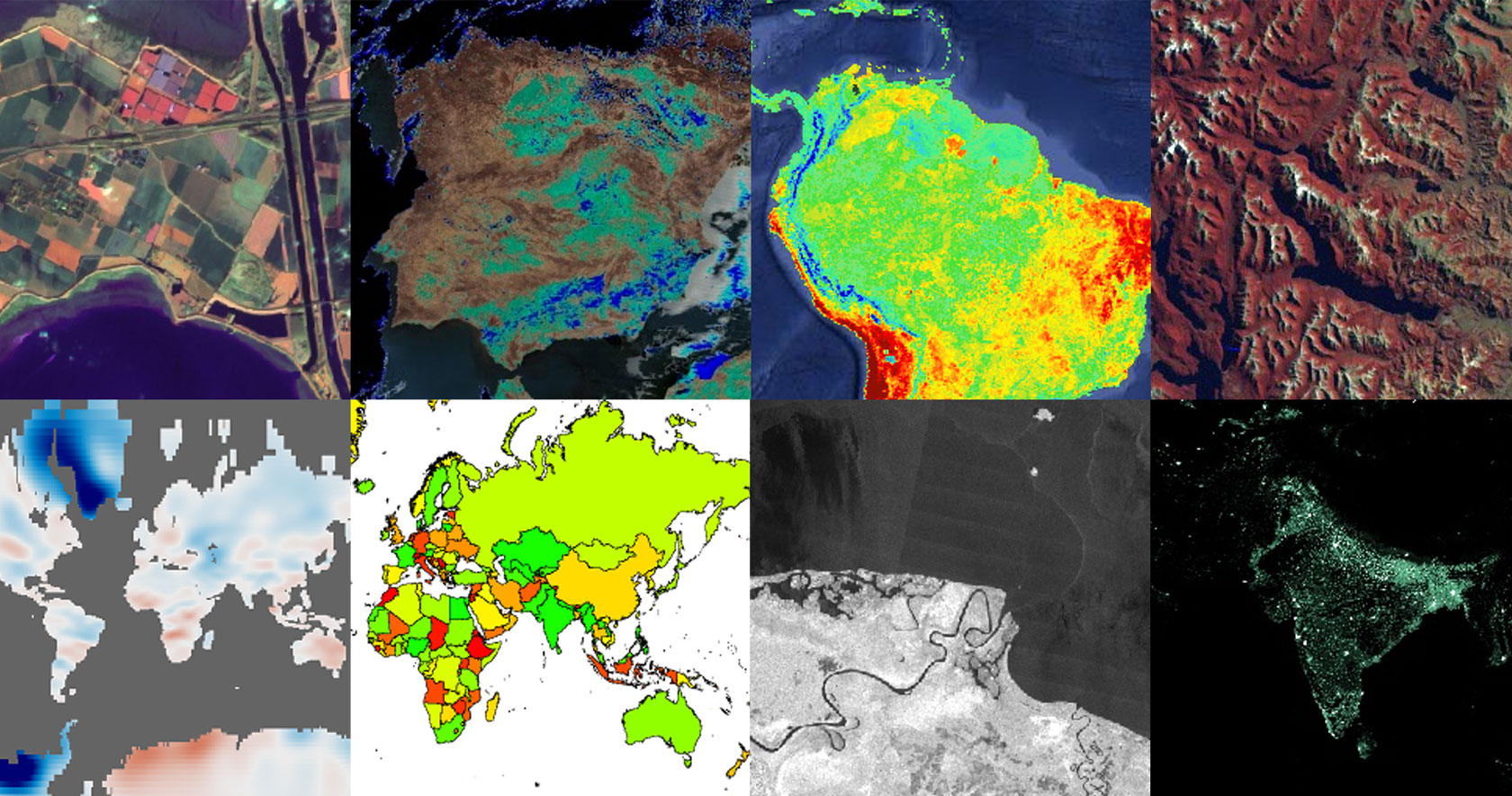
ERDAS IMAGINE – Remote Sensing
Recomendado para você
-
 Dragon Age: Origins Ultimate Edition, Dragon Age Wiki16 maio 2024
Dragon Age: Origins Ultimate Edition, Dragon Age Wiki16 maio 2024 -
 Dragon Age: Origins - Wikipedia16 maio 2024
Dragon Age: Origins - Wikipedia16 maio 2024 -
dragon age origins - Answer HQ16 maio 2024
-
![no spoilers] how do I fix this (ea app) : r/dragonage](https://preview.redd.it/no-spoilers-how-do-i-fix-this-ea-app-v0-vuqdvots2tla1.jpg?width=640&crop=smart&auto=webp&s=a2d0725a85474ea48110e2471379324e30fc1460) no spoilers] how do I fix this (ea app) : r/dragonage16 maio 2024
no spoilers] how do I fix this (ea app) : r/dragonage16 maio 2024 -
 dragon age origins vs windows 10 not through steam through origin :: Dragon Age: Origins General Discussions16 maio 2024
dragon age origins vs windows 10 not through steam through origin :: Dragon Age: Origins General Discussions16 maio 2024 -
Re: Plants vs. Zombies Could Not Activate - Answer HQ16 maio 2024
-
 Video Game Dragon Age: Origins HD Wallpaper16 maio 2024
Video Game Dragon Age: Origins HD Wallpaper16 maio 2024 -
 Dragon Age: Origins has a huge fan patch that fixes 790 bugs16 maio 2024
Dragon Age: Origins has a huge fan patch that fixes 790 bugs16 maio 2024 -
 Fredericksburg Standard-General Excellence 2 by Fredericksburg Publishing - Issuu16 maio 2024
Fredericksburg Standard-General Excellence 2 by Fredericksburg Publishing - Issuu16 maio 2024 -
 Direct dating of human fossils and the ever-changing story of human evolution - ScienceDirect16 maio 2024
Direct dating of human fossils and the ever-changing story of human evolution - ScienceDirect16 maio 2024
você pode gostar
-
Mineblox16 maio 2024
-
Donut Hunter16 maio 2024
-
 Shadowrun: Court of Shadows Alternate Setting Sourcebook16 maio 2024
Shadowrun: Court of Shadows Alternate Setting Sourcebook16 maio 2024 -
Foto: Mechas, tonalizadas com 10.12 Dia Richesse louro16 maio 2024
-
Top 10 Hottest Stands in JJBA16 maio 2024
-
The Best Christmas Drinking Games - The Inspo Spot16 maio 2024
-
 Aft pressure bulkhead - Wikipedia16 maio 2024
Aft pressure bulkhead - Wikipedia16 maio 2024 -
 Read One Piece Chapter 1001 on Mangakakalot16 maio 2024
Read One Piece Chapter 1001 on Mangakakalot16 maio 2024 -
 Excalibur Grandmaster Auto Sensory Electronic Chess Board Computer16 maio 2024
Excalibur Grandmaster Auto Sensory Electronic Chess Board Computer16 maio 2024 -
 STEAM DECK - FiFa 22 Ultra Settings Gameplay16 maio 2024
STEAM DECK - FiFa 22 Ultra Settings Gameplay16 maio 2024






